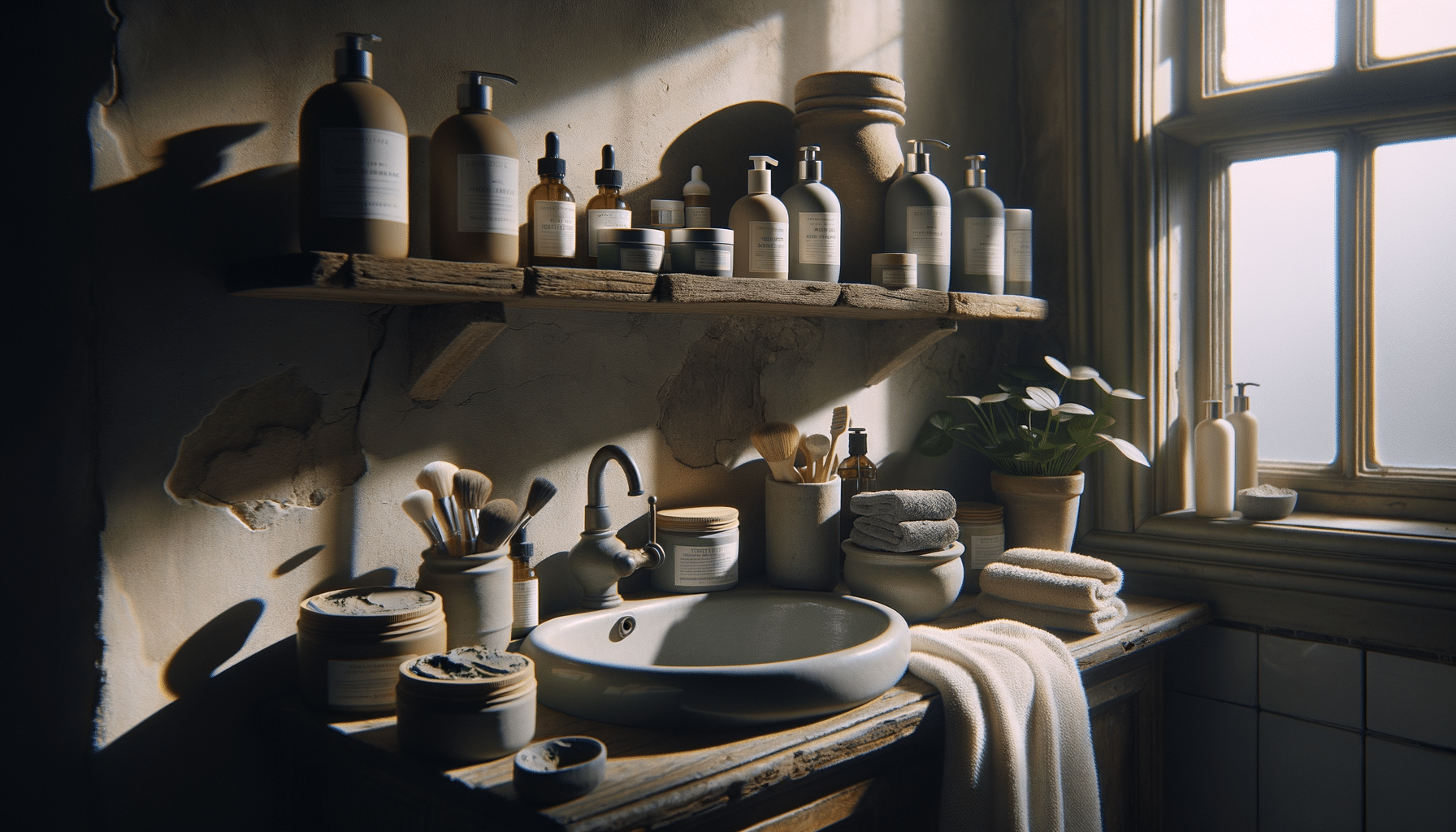
Effective Methods for Blackhead Removal: A Comprehensive Guide
Understanding Blackheads: Causes and Concerns
Blackheads, a common skin concern, are small bumps that appear on your skin due to clogged hair follicles. These bumps are called blackheads because the surface looks dark or black. Blackheads are a mild type of acne that usually form on the face, but they can also appear on the back, chest, neck, arms, and shoulders.
The primary cause of blackheads is the clogging of pores with dead skin cells and oil, known as sebum. When the skin over the bump opens, exposure to air causes it to appear black due to oxidation. Several factors contribute to the development of blackheads, including excessive oil production, the buildup of acne-causing bacteria, and irritation of hair follicles.
Understanding these causes is essential in preventing and treating blackheads effectively. By addressing these underlying factors, you can reduce the occurrence of blackheads and improve your overall skin health.
Exfoliation: A Key Step in Blackhead Prevention
Regular exfoliation plays a crucial role in preventing and removing blackheads. By removing dead skin cells and excess oil, you can keep your pores clear and reduce the chance of blackhead formation. Exfoliation can be achieved through physical or chemical methods.
Physical exfoliants include scrubs that contain small particles to physically slough away dead skin cells. It’s important to use these gently to avoid skin irritation. Chemical exfoliants, on the other hand, use acids like salicylic acid or glycolic acid to dissolve dead skin cells and unclog pores. These acids are particularly effective in blackhead removal as they penetrate deep into the pores.
Incorporating exfoliation into your skincare routine can make a significant difference in maintaining clear skin. However, moderation is key. Over-exfoliating can lead to skin irritation and exacerbate acne issues.
Utilizing Clay Masks for Deep Cleansing
Clay masks are a popular choice for deep cleansing and are effective in reducing blackheads. They work by drawing out impurities, toxins, and excess oil from the skin, making them an excellent option for those with oily or acne-prone skin.
Common types of clay used in masks include bentonite and kaolin. Bentonite clay is known for its strong oil absorption properties, while kaolin clay is gentler and suitable for sensitive skin. When applied to the skin, the clay dries and tightens, pulling out the impurities from the pores.
Regular use of clay masks can help minimize the appearance of blackheads and improve skin texture. It’s advisable to use these masks once or twice a week to maintain a clear complexion without over-drying the skin.
Exploring Pore Strips and Their Effectiveness
Pore strips are another method for blackhead removal that many people turn to for quick results. These strips are adhesive-backed and are applied to areas with blackheads, such as the nose. Once the strip is removed, it pulls out the blackheads from the pores.
While pore strips can provide immediate results, they are often a temporary solution. They remove the surface part of the blackhead but do not address the deeper cause of clogged pores. For lasting results, pore strips should be used in conjunction with other skincare practices, such as regular cleansing and exfoliation.
It’s important to follow the instructions carefully when using pore strips to avoid skin irritation. Some people may experience redness or sensitivity, so it’s essential to test a small area first.
Adopting a Consistent Skincare Routine
Adopting a consistent skincare routine is paramount in managing blackheads effectively. A well-rounded routine includes cleansing, exfoliating, and moisturizing, tailored to your skin type.
Cleansing twice a day helps remove dirt, oil, and makeup, keeping the pores clean. Opt for a gentle cleanser that doesn’t strip the skin of its natural oils. Following up with an exfoliant a few times a week will help keep dead skin cells at bay.
Moisturizing is crucial, even for oily skin types, as it helps maintain the skin’s barrier and prevents overproduction of oil. Choose a non-comedogenic moisturizer to ensure it doesn’t clog pores.
Consistency and patience are key. Results may take time, but with a dedicated approach, you can achieve clearer, healthier skin.


